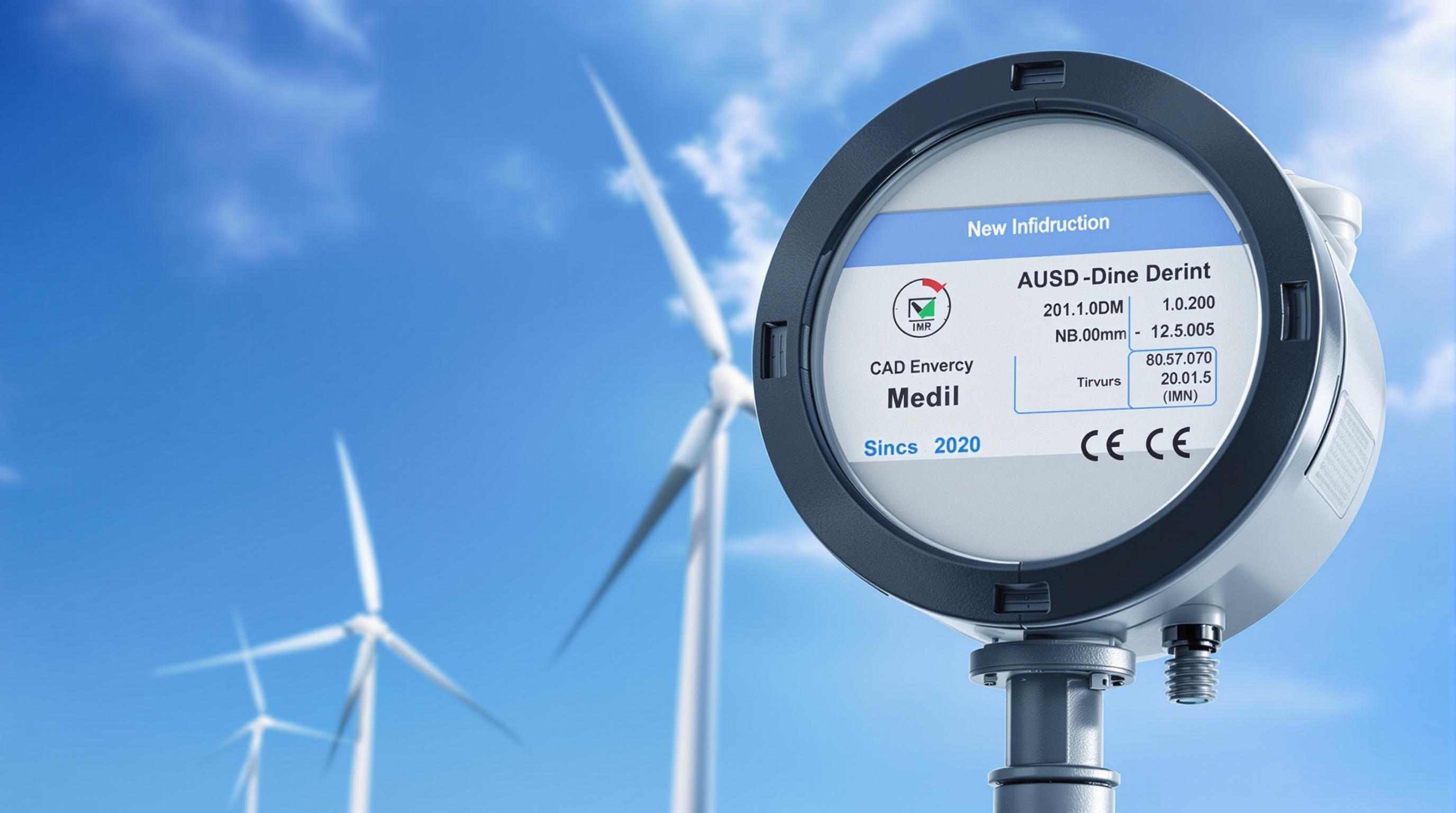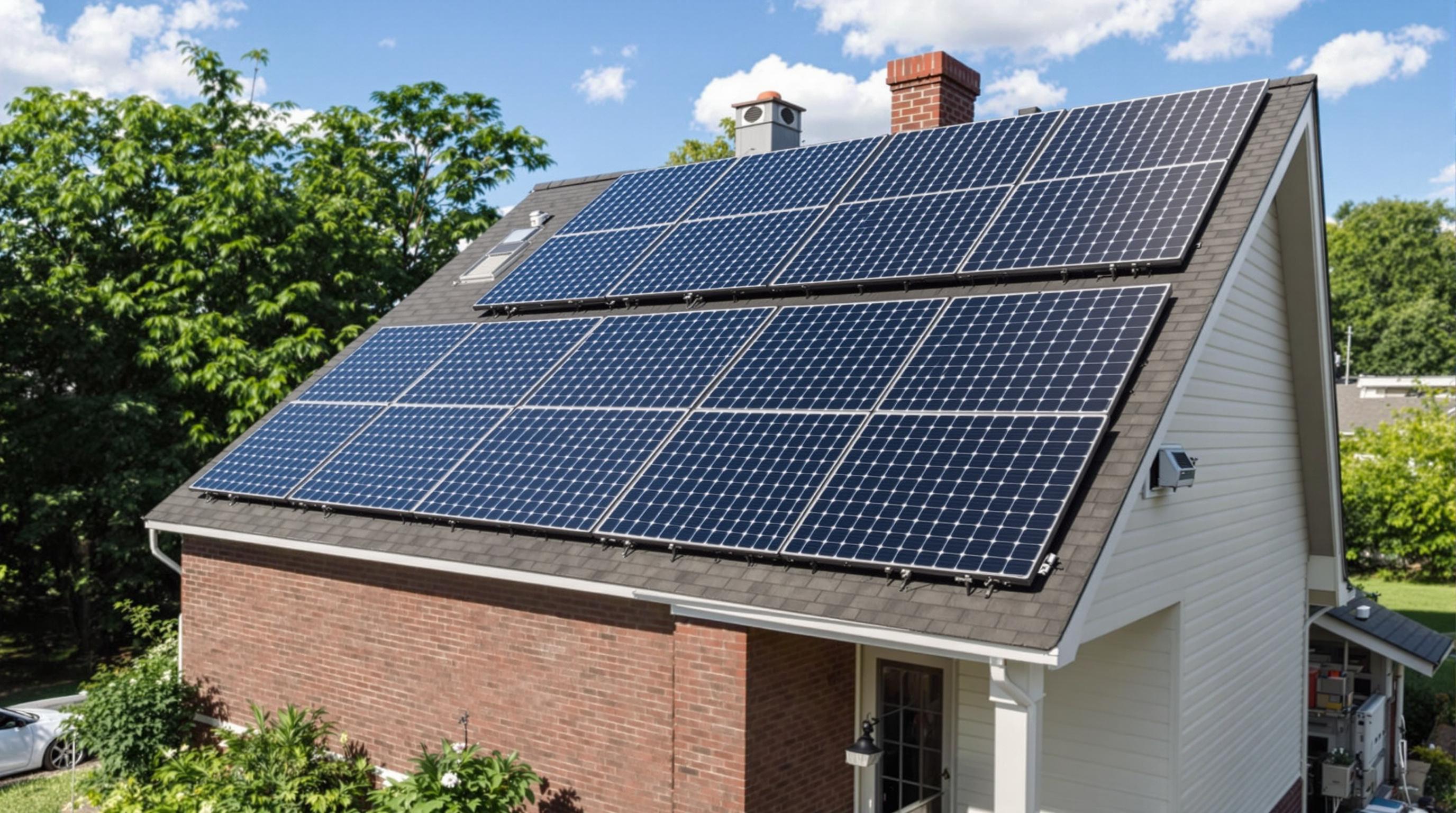Related Articles
- 5 Emerging Solar Panel Sensors from the Past Five Years That Are Disrupting Industry Standards
- How Soil Microbes Influence Solar Panel Efficiency and What It Means for Long-Term System Care
- Top 5 Under-the-Radar Solar Inverters Launched Since 2019 That Unlock Hidden State Incentive Perks
- How Solar Equipment Ownership Influences Local Job Markets and Community Economic Growth Patterns
- Unexpected Environmental Consequences of Solar Net Metering on Local Wildlife Habitats and Migration Patterns
- 5 Breakthrough Solar Battery Storage Systems From the Past Five Years Ranked by Real-World Reliability
Top 7 Advanced Bi-Directional Meters Redefining Energy Credit Accuracy Since 2020
Top 7 Advanced Bi-Directional Meters Redefining Energy Credit Accuracy Since 2020
Top 7 Advanced Bi-Directional Meters Redefining Energy Credit Accuracy Since 2020
Introduction to Bi-Directional Energy Meters
The rise of renewable energy sources and distributed generation has transformed the way consumers interact with the electricity grid. Central to this evolution are bi-directional energy meters, devices designed to measure electricity consumption and generation simultaneously. Since 2020, incredible advancements in these meters have redefined energy credit accuracy, allowing both utilities and consumers to benefit from transparent and precise energy accounting.
Bi-directional meters record energy flowing in two directions: from the grid to the consumer and from the consumer back to the grid. This feature is essential for net metering programs, where consumers with solar panels or other energy sources receive credits for excess power they feed into the grid. Improved accuracy in these meters ensures fair credit allocation, reduces disputes, and facilitates better grid management.
Technological innovations such as real-time data communication, enhanced sensor precision, and integration with smart grid systems have set new standards in energy metering. In this article, we explore the top seven advanced bi-directional meters launched or upgraded since 2020, highlighting their features, applications, and impact on energy credit accuracy.
1. Landis+Gyr E450 Advanced Meter
Landis+Gyr’s E450 meter is a leading example of how smart metering technology has advanced in the past few years. It combines precision measurement with adaptable communication standards, making it a flexible choice for utilities worldwide. Its bi-directional capability supports complex tariff structures, essential for net metering accuracy.
The meter’s enhanced measurement algorithms minimize errors in energy accounting. This precision ensures that energy fed back into the grid by prosumers (producer-consumers) is credited correctly, preventing revenue loss and customer disputes. Additionally, the E450 supports remote firmware upgrades, allowing ongoing improvements as grid needs evolve.
According to Landis+Gyr’s official documentation, the E450 supports various communication protocols like DLMS/COSEM and offers comprehensive data logging, contributing to its industry-leading accuracy and reliability (source: Landis+Gyr Technical Overview, 2021).
2. Siemens SENTRON PAC4200
The SENTRON PAC4200 by Siemens stands out with its high-precision metering combined with an intuitive user interface and advanced communication options. This meter supports bi-directional measurement tailored specifically for commercial and industrial applications that engage in energy exporting.
Its multi-channel capability allows simultaneous monitoring of multiple feeds and generation sources, enabling detailed energy audits and optimized credit allocation. Furthermore, the meter's tamper detection system ensures data integrity by alerting operators to any suspicious activity.
Siemens' 2022 product datasheet highlights the PAC4200’s capability to seamlessly integrate with energy management systems (EMS), helping utilities and businesses achieve greater transparency and accuracy in net metering processes.
3. Schneider Electric PowerLogic PM5300
The Schneider Electric PowerLogic PM5300 is designed to handle complex energy monitoring needs with exceptional accuracy. Its bi-directional metering feature is crucial for facilities that both consume and generate energy, particularly those engaged in solar or cogeneration projects.
One of the key strengths of the PM5300 lies in its scalability and ability to provide granular measurement data. This data empowers users with actionable insights that improve energy efficiency and verify energy credits with confidence. Its compatibility with the EcoStruxure platform makes it an integral component of modern smart grids.
Schneider Electric’s official resources commend the PM5300 for its "real-time data accuracy and advanced diagnostics," which help clients optimize energy flows and reduce discrepancies in billing (source: Schneider Electric PM5300 brochure, 2021).
4. Itron ACE3600 Series
Itron’s ACE3600 series brings robustness and precision to bi-directional metering, focusing on residential and small commercial segments. Since 2020, the ACE3600 has incorporated advanced algorithms tailored to improve accuracy in environments with variable generation patterns, like residential solar installations.
The meter's support for multiple communication interfaces, including power line communication and RF mesh networks, enhances grid data visibility and responsiveness. These features allow utilities to deliver more accurate energy credits to consumers, fostering trust in net metering programs.
A 2023 whitepaper by Itron highlights the ACE3600’s role in reducing netting discrepancies by up to 15%, demonstrating its effectiveness in improving credit accuracy and consumer satisfaction (source: Itron Smart Metering Report, 2023).
5. Landis+Gyr Gridstream Connect 7
The Gridstream Connect 7 from Landis+Gyr represents an evolution in meter technology by integrating high-accuracy bi-directional measurement with cutting-edge grid analytics. This meter caters to advanced distribution networks where precise energy flow measurements impact tariff calculations and grid stability.
Beyond just recording energy in and out, Connect 7 offers enhanced detection of energy quality issues and supports dynamic tariff structures that reward efficient consumption and generation. This capability guarantees that energy credits align precisely with actual contributions to the grid.
Technical reports from Landis+Gyr emphasize the Connect 7’s ability to reduce metering errors to less than 0.2%, underlining its role as a state-of-the-art solution for accurate energy crediting (source: Landis+Gyr Technical Bulletin, 2022).
6. Elster A1700
The Elster A1700 meter is a robust bi-directional solution for both residential and commercial installations. Known for its reliability and accuracy, the meter can measure consumption and generation to the strictest international standards.
Its modular design facilitates easy upgrades and integration with communication systems supporting AMI (Advanced Metering Infrastructure). These features ensure that energy credits are calculated precisely, even as grid demands become more complex.
Elster’s 2021 product brief highlights the A1700’s conformance with IEC 62053-31 class 0.2S, underlining its accuracy, which is critical for reducing discrepancies in net metering credits (source: Elster Product Brief, 2021).
7. Janitza UMG 604
The Janitza UMG 604 emphasizes power quality analysis alongside traditional bi-directional energy measurement, making it ideal for industrial users invested in both energy production and consumption. Accurate measurement is paired with detailed diagnostics, informing better energy management.
This device supports multiple communication standards and provides extensive data logging, allowing operators to verify that energy export credits correspond exactly to the energy fed into the grid. Its comprehensive metering and analytics suite ensures fewer disputes and better cost control.
Janitza's latest user manual details the UMG 604’s application in complex energy environments since 2020, confirming its role in enhancing energy credit accuracy via sophisticated bi-directional measurement (source: Janitza Product Documentation, 2023).
Future Trends in Bi-Directional Metering
The evolution seen in the top bi-directional meters since 2020 points towards even greater integration with digital grid infrastructures. Future meters are expected to incorporate AI-driven analytics, blockchain-based data integrity, and enhanced cybersecurity features.
These innovations will further increase the precision of energy credits by safeguarding data against manipulation and providing real-time, tamper-proof verification of energy flows. Enhanced interoperability with IoT devices will expand meter functionality to include predictive maintenance and adaptive tariffing.
Industry experts predict that continuous advancements will support the growth of decentralized energy markets by providing transparent and reliable energy accounting, essential for a sustainable and democratized energy future (source: International Energy Agency, 2024).
Conclusion
Since 2020, the top advanced bi-directional meters have profoundly impacted the accuracy of energy credit allocation, addressing challenges posed by the transition to renewable energy sources. This new generation of meters combines precision measurement, smart communication, and robust analytics to redefine how energy flows are accounted.
From Landis+Gyr’s E450 to Janitza’s UMG 604, each model brings unique strengths that cater to various segments of the energy market, collectively enhancing the transparency and efficiency of net metering programs. These devices not only benefit utilities and consumers but also bolster the broader goal of a reliable, equitable energy grid.
As innovations continue to accelerate, stakeholders must stay informed about meter capabilities and best practices to fully leverage these technological advancements in support of accurate energy crediting and grid modernization.



